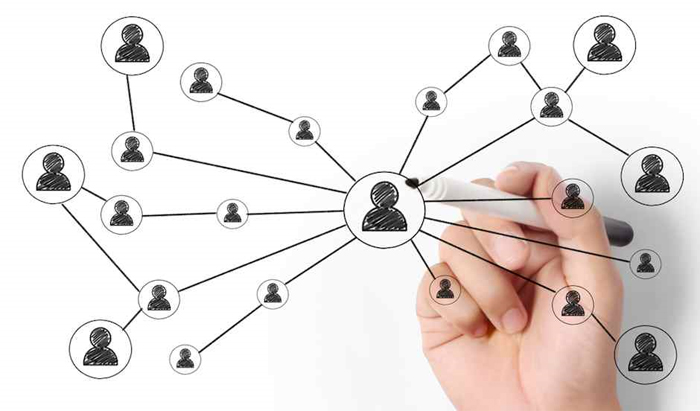Ukraine Struggles for Palliative Care and Hospice
Efforts to advance Ukraine’s move to give their people a better health system including the development of hospice and palliative care services.


Efforts to advance Ukraine’s move to give their people a better health system including the development of hospice and palliative care services.
Hello from the capital of Ukraine, Kiev! A wonderful and historic city I have been blessed to have visited many, many times. It was one-year ago that I last visited Kiev. The conflict with the Russians that started in January 2014 created much turmoil and unrest.

The conflict not only changed the political landscape, it hampered efforts to advance Ukraine’s effort to give their people a better health system including the development of hospice and palliative care services. One of the reasons for my visit back to Ukraine.
Most hospice and home care organizations want to grow, but not all organization do (or are not willing to do) what is necessary to grow. Where does your organization stand?
Most every organization wants to grow!! But not all organization do (or are not willing to do) what is necessary to grow!! Where does your organization stand?? Do you know what the “signs and symptoms” are in your organization that lead to a culture that does not support growth?? Every organization has them. In this post we will focus on hospice companies but the solutions suggested here apply to all.

There are a number of other people in the hospital who are critical to referral development. Learning how to relate to these people on value will help pave the way to the referral promise land.
Operating senior living communities can have its challenges. Ensuring the highest quality care is paramount and at the top of the list. One creative and unique way to ensure outstanding quality is to develop key strategic partnerships with all the community resources at your disposal. For senior living communities, this means putting a special focus on those relationships with home care, personal care and hospice companies, by utilizing each other’s services and leveraging those relationships for optimum care and value.

It’s a topic most people don’t want to think about, especially when they’re young, vibrant and feeling invincible. Eventually, though, it’s something we must all give thought to: our needs and the needs of our loved ones as we get older – or worse, suffer a debilitating condition.

More specifically, what will happen to a loved one when taking care of him becomes too much for the primary caregiver? Will he be moved to a nursing home or other long-term care facility, or might he be able to stay in the comfort of his own home?
Everyone works the “middle” in the hospital. Those case managers, social workers and discharge planners. There are a number of other people in the hospital who are critical to referral development. They may never directly refer but have a tremendous influence on what hospice(s) gets a preferred status. Learning how to relate to these people on value will help pave the way to the referral promise land. But first you need to understand what relationships you have in place with these people. I call it “relationship mapping.” Below is a basic grid you can use to complete this process and instructions how to use it.

Using Case Studies is an excellent way to communicate with your referrals sources in a professional manner.